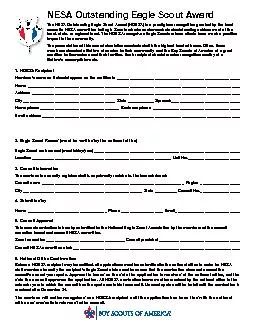PPT-Gabe’s Eagle project Population check of the
Author : broadcastworld | Published Date : 2020-08-27
Yellowbilled Magpie In the Red Bluff Discovery Center and monitoring of birds of prey Who is the Yellowbilled Magpie This bird has its namesake yellow bill and
Presentation Embed Code
Download Presentation
Download Presentation The PPT/PDF document "Gabe’s Eagle project Population check ..." is the property of its rightful owner. Permission is granted to download and print the materials on this website for personal, non-commercial use only, and to display it on your personal computer provided you do not modify the materials and that you retain all copyright notices contained in the materials. By downloading content from our website, you accept the terms of this agreement.
Gabe’s Eagle project Population check of the: Transcript
Download Rules Of Document
"Gabe’s Eagle project Population check of the"The content belongs to its owner. You may download and print it for personal use, without modification, and keep all copyright notices. By downloading, you agree to these terms.
Related Documents














